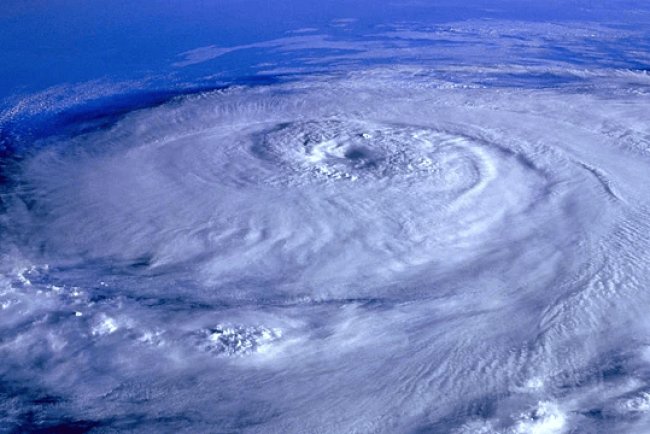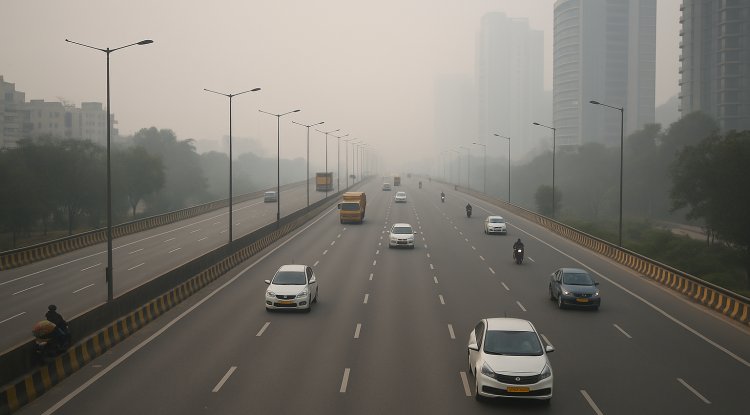Delhi Breathes Cleanest July Air in a Decade
Delhi’s July 2025 air quality, with an average AQI of 78, was the cleanest in a decade, driven by consistent rainfall and government efforts, with light showers forecast until 3 August.

Delhi recorded its cleanest July air in ten years in 2025, with an average Air Quality Index (AQI) of 78, driven by consistent rainfall and sustained pollution control efforts.
Delhi’s air quality in July 2025 marked a significant milestone, achieving an average AQI of 78, the lowest for the month since 2015, according to the Central Pollution Control Board (CPCB). The city experienced 29 days of ‘Good’ or ‘Satisfactory’ air quality (AQI 0–100), with no days falling into the ‘Poor’ or worse categories. This improvement, surpassing even the 2020 COVID-19 lockdown period, was supported by 23 days of rainfall totalling 235.2–259.1 mm, which helped wash away pollutants. The India Meteorological Department (IMD) forecasts light to moderate showers until 3 August, with very light rain expected by 7 August, potentially sustaining the clean air trend.
The CPCB classifies AQI levels as follows: 0–50 (‘Good’), 51–100 (‘Satisfactory’), 101–200 (‘Moderate’), 201–300 (‘Poor’), 301–400 (‘Very Poor’), and above 400 (‘Severe’). Historical data shows July AQI averages of 138.13 in 2015, 145.64 in 2016, 98.39 in 2017, 103.83 in 2018, 134 in 2019, 83.80 in 2020, 110.06 in 2021, 87.29 in 2022, 83.67 in 2023, and 96 in 2024. July 2025’s AQI of 78, with daily readings as low as 56 on 8–9 July, reflects a notable decline in particulate matter (PM2.5 and PM10), with averages of 79 µg/m³ and 180 µg/m³, respectively, the lowest since 2018, excluding 2020.
Rainfall played a key role, with Delhi exceeding its average July rainfall of 209.7 mm. Areas like Palam (79 mm) and Najafgarh (61 mm) saw heavier showers, contributing to cleaner air by reducing dust and pollutants. However, experts caution that monsoon rains alone do not explain the improvement. Sustained government efforts, including mechanised sweeping, dust control at construction sites, landfill bio-mining, and water sprinkling, have reduced emissions from road dust (38% of PM2.5, 56% of PM10) and industrial sources (90% of SO2). The Delhi government’s multi-agency model and the Viksit Delhi Mission have driven 118 days of ‘Good’, ‘Satisfactory’, or ‘Moderate’ air quality in 2025, matching 2024’s annual total by July.
Despite the progress, challenges remain. Delhi’s annual AQI for 2025 stands at 184, an improvement from 204 in 2024 but higher than 183 in 2023. Winter months (October–February) typically see AQI levels spike above 400 due to stubble burning in Punjab and Haryana, low wind speeds, and temperature inversions. Posts on X reflect cautious optimism, noting that winter will provide a clearer picture of air quality improvements. The government plans to intensify measures, including cloud seeding in November–December if pollution spikes, to maintain gains. Critics argue that weather-driven improvements may overshadow policy impacts, urging sustained action beyond the monsoon.
The IMD’s forecast for light rain and thunderstorms until 3 August, with temperatures between 23–35°C, suggests continued relief from dust and heat. However, the monsoon’s intensity is expected to decrease by 7 August, potentially increasing pollutant accumulation if mitigation slows. Long-term strategies, such as banning fuel for vehicles older than 15 years from April 2025 and expanding green corridors like the Aravalli Range project, aim to address Delhi’s chronic pollution, driven by vehicular emissions (41%), dust (21.5%), and industrial sources (18%). These efforts are critical as Delhi’s air quality, while improved, still exceeds WHO guidelines (PM2.5: 5 µg/m³ annual mean).
Public sentiment on X highlights the achievement, with some attributing it to effective governance, while others remain sceptical, citing seasonal factors. The absence of ‘Severe’ days in 2025 so far, compared to up to seven in previous years, underscores the progress. However, sustaining this trend requires addressing structural issues like stubble burning, which contributes 45% of winter pollution, and improving urban planning to reduce construction dust. Delhi’s experience offers a model for other polluted cities, combining weather advantages with proactive governance.
In conclusion, Delhi’s cleanest July in a decade reflects the synergy of monsoon rains and robust pollution control measures. While the IMD’s forecast suggests continued clean air into early August, sustained efforts are essential to tackle winter pollution spikes and ensure long-term air quality improvements in one of the world’s most polluted capitals.
Source: Outlook Business,
What's Your Reaction?

















